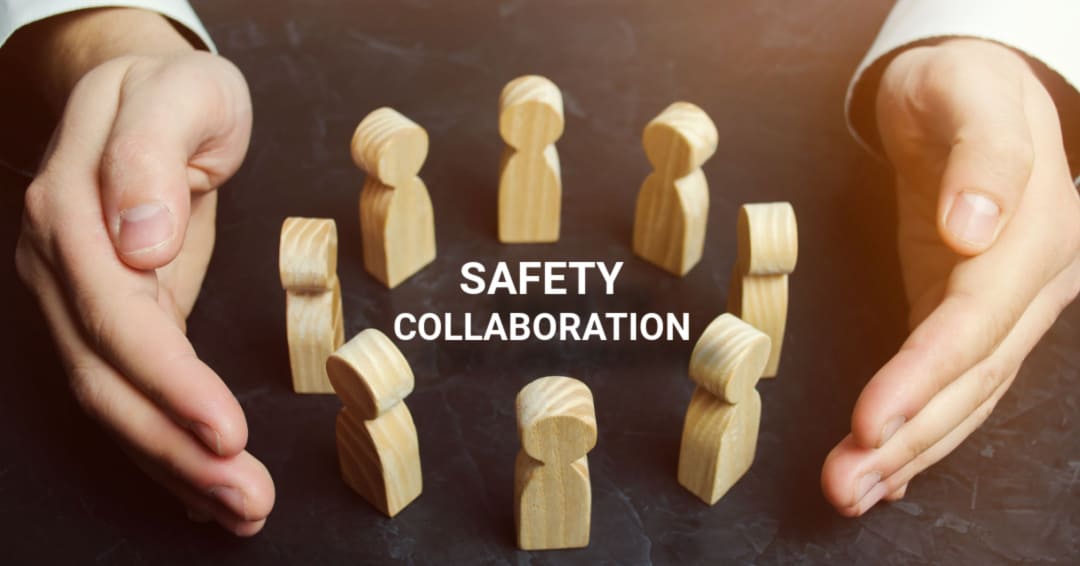
Have you ever worked with a team of people who seemed to not value your input? A team that would not listen to you or would follow the rules when you were watching, but would quickly change course the moment you left? This is not uncommon in life and is especially common in the safety profession.
I remember a day, not that long ago, when there were secret codes that were sent out over radios to warn craft that the safety professional was onsite. It was almost comical, but at the same time not funny. This represented a culture that fortunately exists a bit less today than it did 20 years ago.
Why do we think that this might have happened? Obviously, there are many reasons. Some include an “old school” culture where safety was for sissies. Another might have been a means of preserving the craft’s perception of the balance of power. It seemed that they desperately wanted to feel that they were in control and made the rules. If we stop and really look at the situation for a moment and analyze it, we might also find that the approach used by the safety department might have played a role.
For many years, the safety role was a very compliance-oriented role. The safety person was not your friend, and they were there to slow down your work and make your life miserable. At least that is what many workers felt. I think that much of that came out of the approach that was used.
It seems that somewhere over the last 20-30 years safety has been accepted and the workforce realizes that it is not going anywhere. Also, I would go as far to say that most of the workforce accepts safety and many of the craft take personal responsibility for their safety and the safety of others working around them.
So much of this has come through the elimination of the “us versus them” culture that was established. It may not have been fully intentional, but it did a lot of harm. At the same time, we needed to start somewhere, and it was going to be an uphill battle no matter how you looked at it.
Today, I see safety culture as one of collaboration. There is feedback and input from the craft and problem solving has moved from the safety office to the field. The workforce has been empowered, expectations are clear, and accountability has been established. I am not saying that we have arrived yet, but we have come a long way.
I can’t wait to see what it looks like in another 20 years. I will be retired by that time, but it will be rewarding to see the fruits of our efforts and the journey that we completed.

